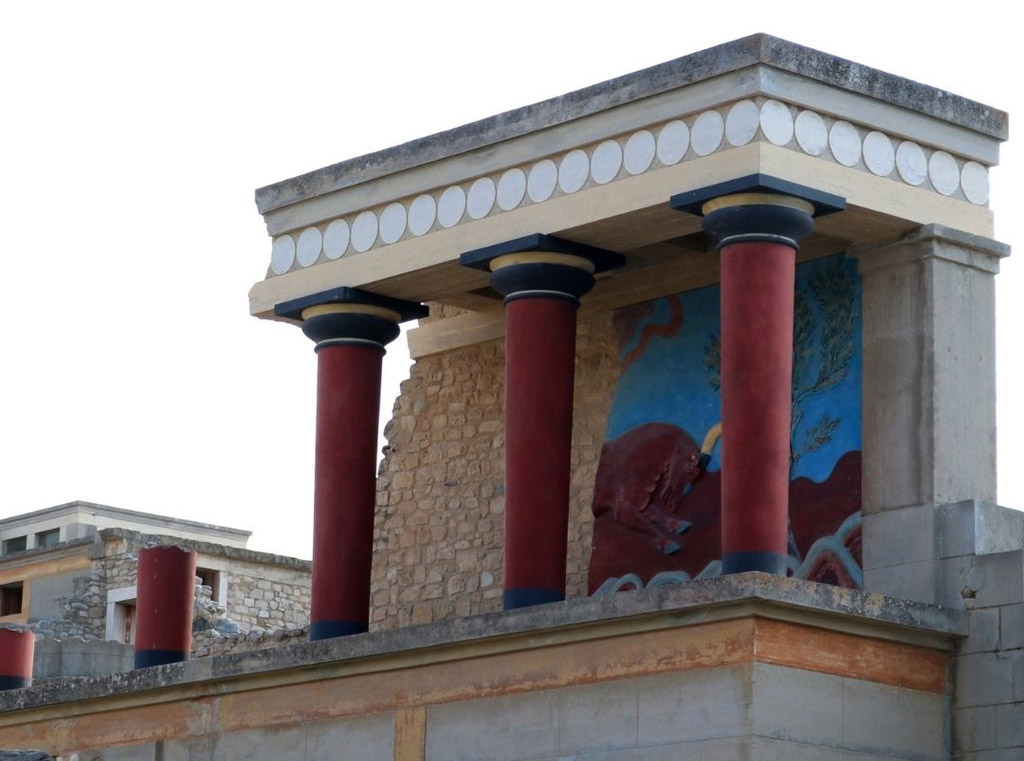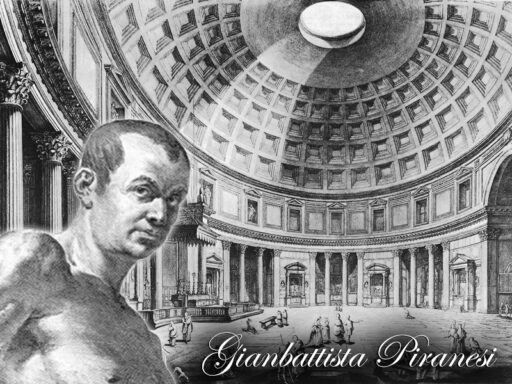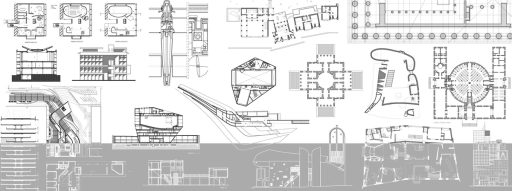Knossos: the building behind the legend
The most important architectural work of Crete

The Palace of Knossos is certainly the most important architectural work in Crete, followed by those of Mallia and Phaistos.
Knossos is located a few kilometers from Heraklion, one of the major centers of the island.
Legend has it that its position is such, due to its proximity to Mount Ida, which is the place where, according to the cult, Zeus was hidden and protected by his mother Rhea, to prevent him from being devoured by his father, Cronus, who had already devoured the other children.
The Palace was built in 2000 BC. and destroyed centuries later by a natural catastrophe.
On the remains of the first palace, of Minoan origin, a second one was built, brought to light in the recent 1903 by the archaeologist Arthur Evans.
Like all the palaces on the island, even that of Knossos had the particularity of being devoid of fortifications.
Built on a hilly area, it was a vast building, extending over 20,000 m².
In fact, it included a total of 1300 rooms, arranged on several floors around a sort of central courtyard, in reality a real courtyard of the size of 50×25 meters, inside which religious rituals and celebrations for acrobatic games took place.
Although the era did not represent one of the most developed ages, the Palace of Knossos could boast luxury services, such as drinking water and an efficient sewage system.
But the Palace was not only the royal residence, but it was the first multipurpose center of the time. In addition to the Throne Room, of which the royal seat is still visible, and the Queen’s Megaron, in fact, there are the offices of officials, dense warehouses and shops.
It was full of red painted columns, while all the interior walls were frescoed, also with bright colors.
The most famous fresco, among those present along the majestic walls of the Palace of Knossos, represents the jumping of the bull, a particularly popular game in Crete, in which the Cretans could demonstrate their skills of courage and dexterity by challenging bulls. But, unlike the current bullfights, of questionable taste, the bull jump was a bloodless game, as it did not foresee that the bulls (considered sacred) were killed by the “torero” on duty.
Its size and the complexity of the structure mean that the myth of the Minotaur’s Labyrinth is usually associated with the Palace of Knossos, built by Daedalus and his son Icarus and within which King Minos locked up the creature.





































































